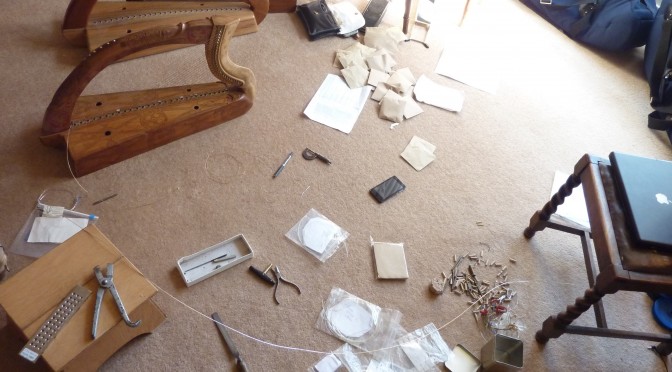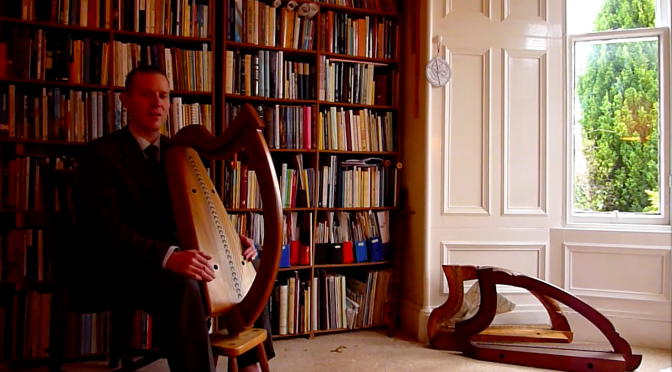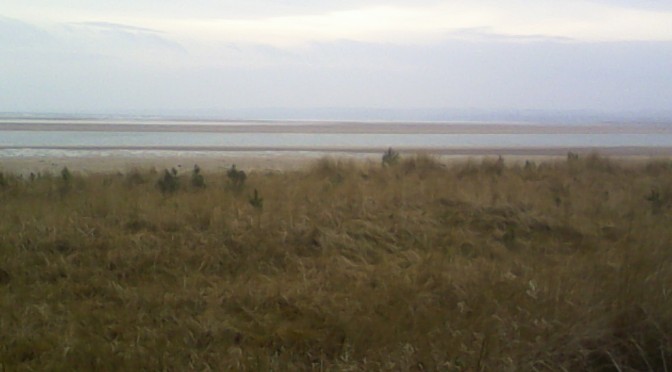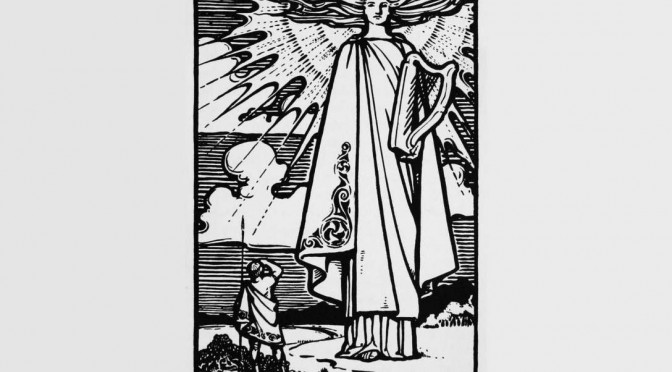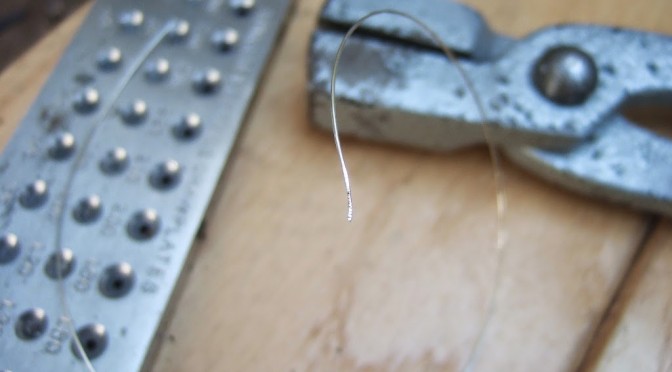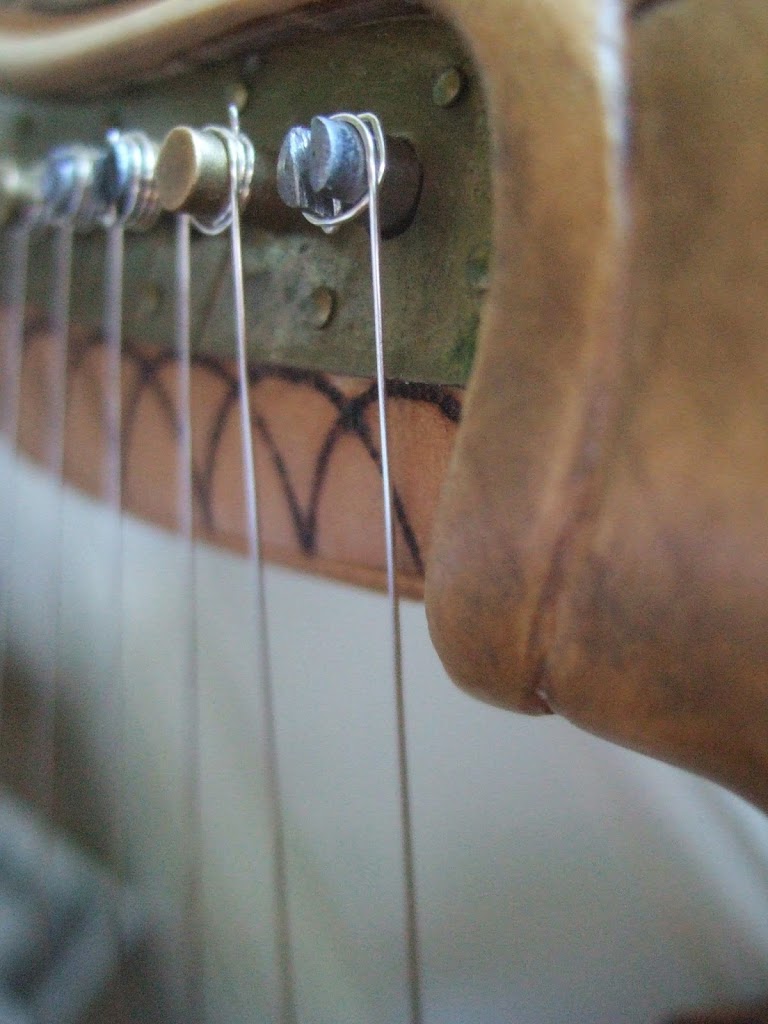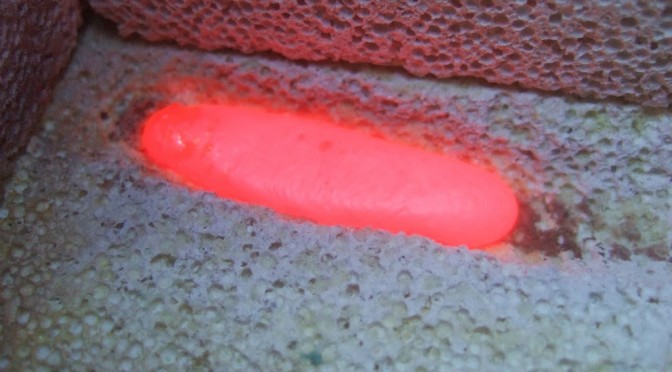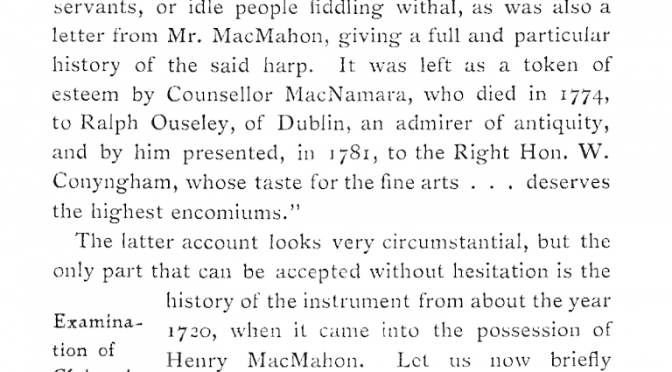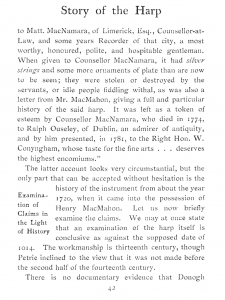I was browsing idly through a first edition of Grattan Flood’s The Story of the Harp in the Wighton Centre in Dundee the other week, when I came across the description of the Trinity College or Brian Boru harp on pages 41-42. An 18th century letter is quoted, giving some description of the harp:
It says “When given to Counsellor MacNamara, it had silver strings…”
The letter is said to have been written by Ralph Ouseley, who owned the harp in the early 1780s. Macnamara acquired the harp in about 1756. If this is true then it is an exciting and important piece of information both about the Trinity College harp itself, and also about the use of precious metal strings on the old Gaelic harps.
Now Grattan Flood is a notoriously unreliable author, and many of his statements can be proved false by laboriously tracking down the source documents to see what he says. Often he gives no citation or only a vage reference to “an old manuscript”. This section is given a citation though: “Bibl. Egerton, Brit. Mus., No. 74, p.351”
I contacted the British Library, and put in a request for a copy of this manuscript page. After some confusion and digging on the part of the librarians, (and a rather eye-watering fee on my credit card for their troubles) I was sent a high-res page scan of British Library, ms Egerton 74 f184. This page contains a transcription made by J. Hardiman in 1820, of the Ouseley letter, and Grattan Flood is vindicated – it really does say that the harp had silver strings on it. I was delighted that my expensive gamble in ordering the manuscript page had paid off – worth its weight in silver you could say!
So I wonder, what is the story here? Was the harp strung entirely with silver? Or did it only have a certain section of the strings left? I have seen a photo of an 18th century Irish harp (one of the Malahide / Kearney ones) which had all of its steel trebles on but none of its brass basses; brass being more valuable to remove and recycle I suppose. When were these silver strings installed on the Trinity College harp? There is no suggestion that the harp was played in the early 18th century; Arthur O’Neill in about 1760 implies that the instrument was not played for 200 years before then. Were these silver strings the remains of a 16th century setup?
The genuineness and authority of this statement from an 18th century owner of the harp makes me want to start experimenting again. How does it work to fit silver strings to the entire range? Can it be taken up to the high treble? What alloys work best for this? Ann Heymann tells me she has had a low-headed medieval Irish harp strung entirely in silver, but more experiments are needed!
